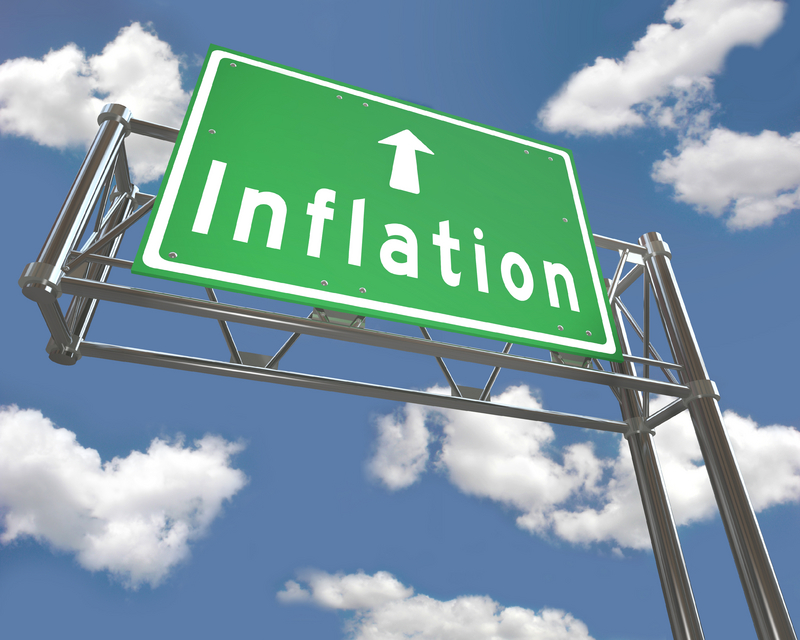Household Bills
Fuel and energy prices drive inflation to highest level in a decade

The Office for National Statistics (ONS) reported that the consumer prices index (CPI) measure of inflation jumped to 4.2% in October, from 3.1% in September.
This is the highest 12-month inflation rate since November 2011, when the CPI annual inflation rate was 4.8%.
The sharp rise in the cost of living was a bigger leap than predicted and puts pressure on the Bank of England to act.
The Consumer Prices Index including owner occupiers’ housing costs (CPIH) rose by 3.8% in the 12 months to October 2021, up from 2.9% in the 12 months to September. This is the highest 12-month inflation rate since November 2011, when CPIH was 4.1%.
Steven Cameron, pensions director at Aegon, said: “With rising prices, consumers should consciously think about what products and services they are buying as the value of the money in their pocket becomes increasingly threatened. Any festive cheer of a boost to purchasing power looks unlikely in the lead up to the period where incomes are at their most stretched. Borrowers, and particularly those who may have emerged from the pandemic in debt, will feel the squeeze on their finances even more so, during what is already a challenging time of year for many households.
“Those on fixed incomes, such as many pensioners relying on the state pension, will also face a real challenge in meeting higher costs in the coming months, particularly with the government scrapping the state pension triple lock next year. This will mean the state pension’s 3.1% increase in April will likely be far less than the rise in the cost of living at that time.
“The Bank of England have so far held off raising interest rates to ease the cost of living squeeze, but as the full post-pandemic picture becomes increasingly clear, the base rate may soon be lifted from its historic low.”
What is causing prices to rise?
The £139 rise in the energy price cap kicked in this month, which is partly why energy price rises were responsible for the lion’s share of this hike. Energy prices were up 8.7% and gas prices 17.1%.
Petrol prices also played a part in the CPI surge. This time last year lockdown meant that some areas of the UK faced restrictions on movement, so petrol prices were down at 113.2 pence per litre, but this October they hit 138.6 pence. It means filling up a 50 litre car now costs £12.70 more than this time last year.
Used car prices continued to drive inflation higher too. A shortage of new cars has forced more people to consider second-hand vehicles.